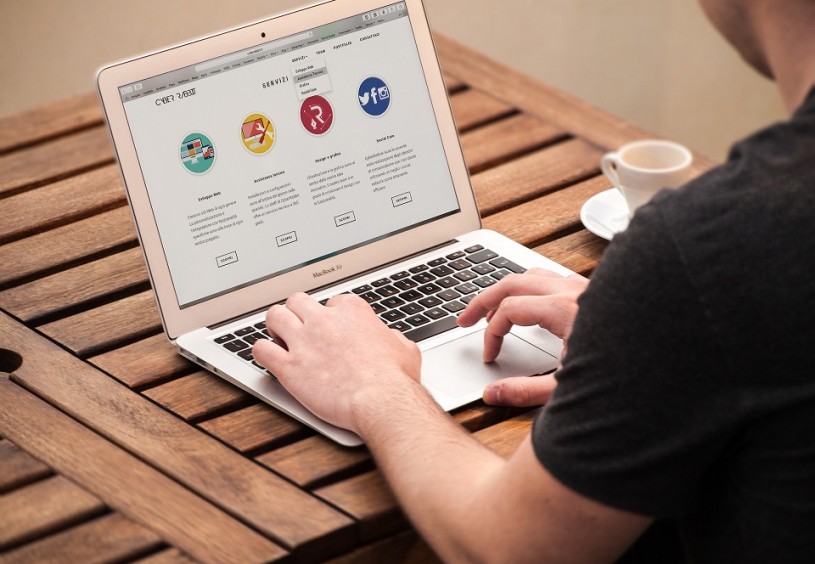
March 16, 2017
How regularly do you think about the role web design plays in conversion rates for your business? Chances are, you’ll have thought about it from the outset, but as the months rolled by, its significance will have faded into the background.
Web design is an ethereal thing. It’s there, always, but its benefits, impact and - most importantly - failings are never particularly clear to anyone but the most experienced of web designers.
Certainly, as a business owner, you have better things to be doing than pondering how effective the design of your website is when it comes to boosting sales. With that in mind, it might be time to cast a closer eye over your website - with our help.
Some vitally important web design trends have emerged in recent months that demand exploration. Implementing them within the design of your website could have a dramatically positive effect on its ability to convert passers-by into paying customers.
Have we got you hooked? Great. Let’s dive in…
We’re betting this is the first time you’ve seen those three words combined, but age-responsive design is a growing trend on the web, and for good reason.
It works on the basis that each generation (be it the Baby Boomers, Millennials or the ‘iGeneration’) responds best to aesthetics, images and page content that is targeted at them. That means an increasing need for more landing pages and long tail-based SEO aimed directly at each generation - an effort that will pay off in the form of much higher quality website traffic.
And what does higher quality traffic lead to? That’s right - more conversions!
The final thing you’ll want users to do on your website is click the call-to-action (CTA) button. That may be a ‘subscribe’ link or ‘add to shopping cart’ confirmation, but whatever it is, it really needs to stand out.
Once, a vibrant colour choice and bold lettering did the trick - now, animation plays a far more important role. It doesn’t have to leap off the page, either - just a subtle wiggle or minimal zoom will be enough to attract attention.
If you’ve ever come across a still image on the web that appears to be displaying signs of motion, you’ve seen a cinemagraph in action.
Chances are, you’ll have been captivated by it, too, prompting you to engage with the page in question. By adding subtle animations to otherwise still images (for example, a running waterfall or moving reflection on a car windscreen), you’ll attract the attention of your visitors and keep it focussed on your website.
Speed is everything online, which is why the process of implementing skeleton screens on websites and apps is fast becoming commonplace.
A skeleton screen is what appears a few seconds before the page content loads. Typically, this manifests itself in the instant appearance of the header and footer while the main page content arrives a few seconds later. It suggests webpages are loading quicker than they are and gives the user that all-important preview of the user interface, which they’ll need if they’re to be guided towards the CTA.
Thanks to the time most of us spend scrolling incessantly through webpages and apps on our smartphones, the process of moving up and down a website in order to discover the content contained within is becoming an accepted norm.
In fact, the ability to scroll is something users expect; a webpage loads on their smartphone or tablet, and they intrinsically begin thumbing up and down to engage with it.
As a result, navigation bars can be simplified and more emphasis placed on incorporating as much content as possible on a single page. The combination of deep content and ability to scroll raises engagement levels and increases the chances of conversion - simple.
Web design never stands still, and the five trends we’ve picked out above will continue to evolve as the months roll by, but jump on them now and you’ll create a web presence for your business that is tuned to maximise conversion rates and provide a valuable source of new customers.